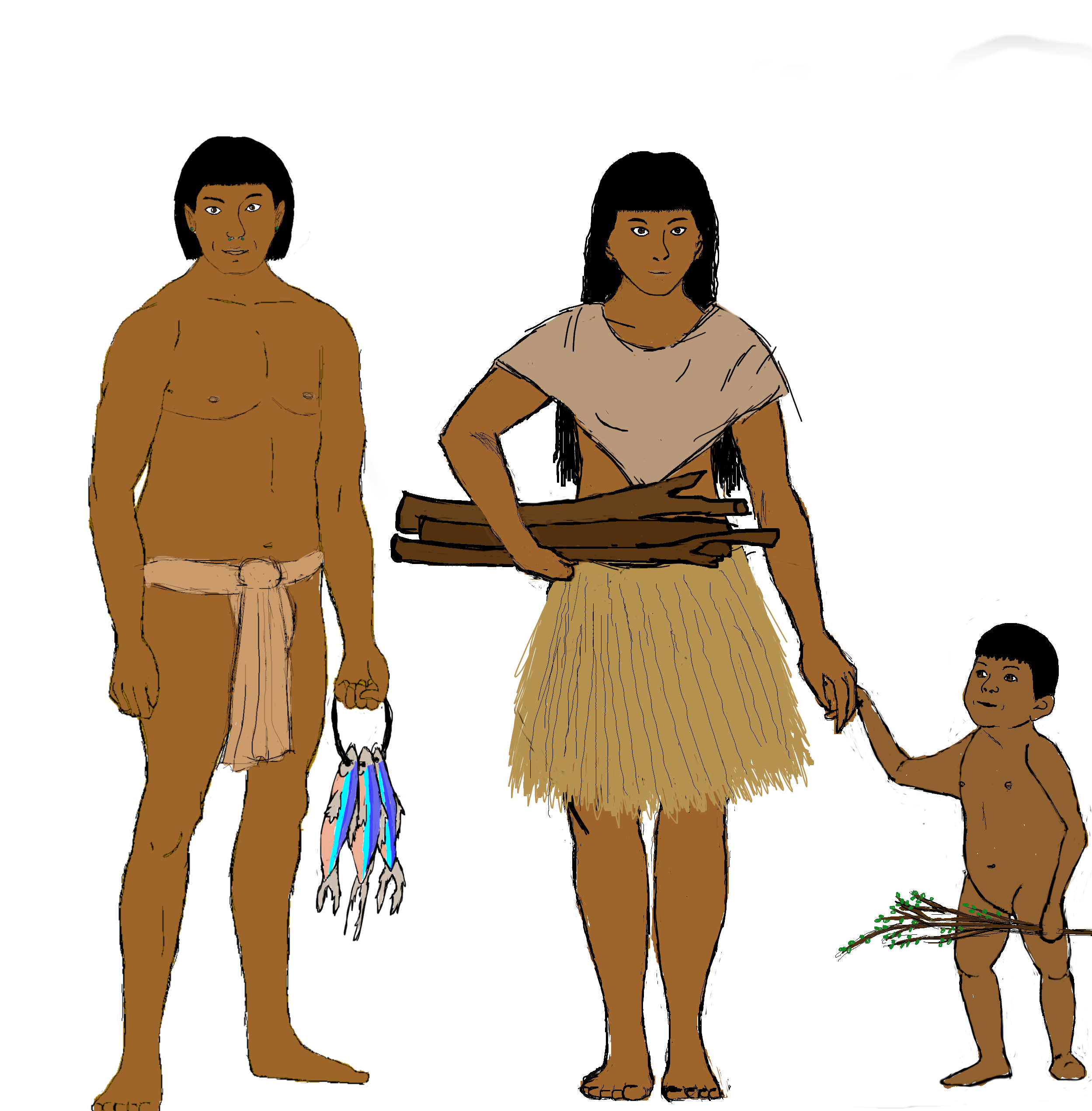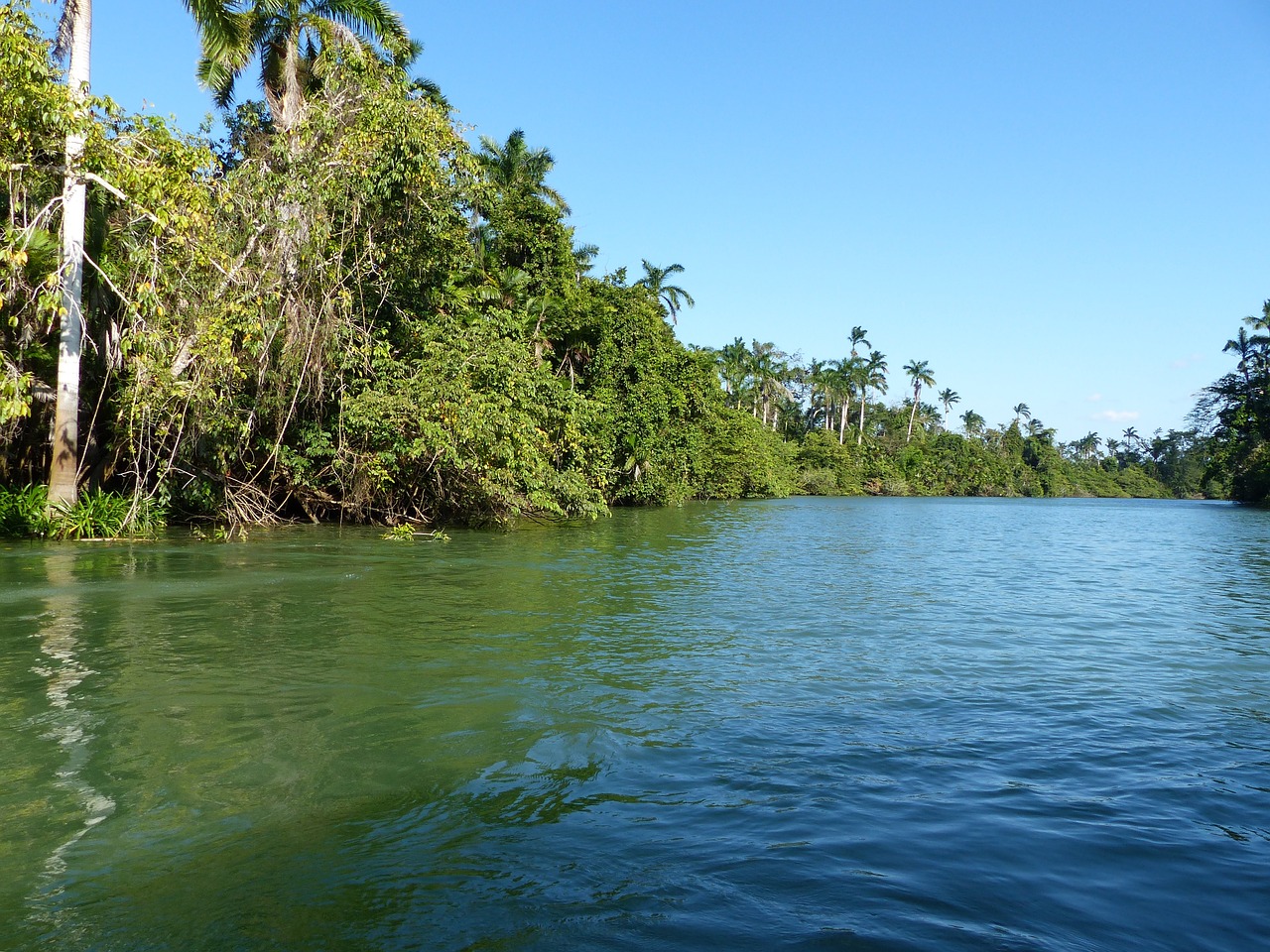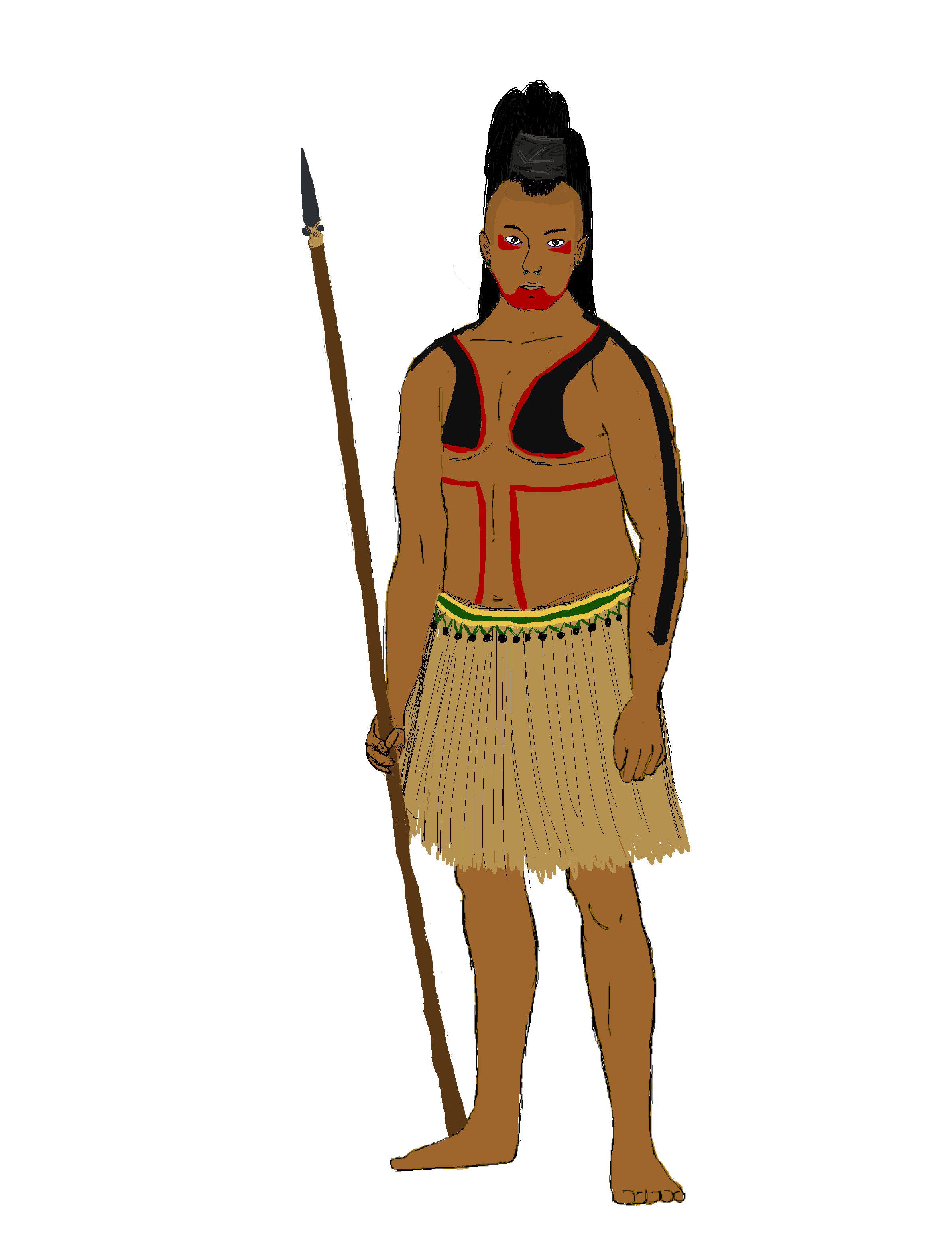Natives of the Eastern Islands
Sama suomeksi täällä!
The Natives of the Eastern Islands are people living in the traditional fisher-gatherer cultures on the Eastern Islands . The natives are not a unified group, but various tribes connected by the sea. The main difference between them and the Zeribians is that the Zeribians live settled life in organised villages and cities, and practice agriculture, while the natives are mostly fisher-gatherers with some small scale agriculture and live in more loose tribal communities. The Zeribians think they are a superior leader race, but based on anthropological evidence they clearly descent from native tribes that first settled the archipelago.
Naming Traditions
Unisex names
The natives usually use the first names of the Zeribian tradition. Instead of using family names, they usually identify themselves as a part of their tribe.
Culture
Major language groups and dialects
Around 70% of the native communities speak either Ngad i Zerib or its close relatives. The rest of the languages cannot be understood by the Zeribians, and they don't have any interest in learning them. By speaker numbers Zeribian is by far the most spoken language of the archipelago because Zeribian communities are much bigger. Standard Zeribian is the only language used in writing.
Culture and cultural heritage
The natives live along the coasts and small rivers fishing, hunting and gathering resources in the forests. Some also practice small-scale agriculture. They travel between the islands in canoes, trading and waging war with neighbouring communities.
Average technological level
The natives were the first people in Salah to develop ships capable of crossing ocean. Even though the most only travel short distances to neighbouring islands, their sophisticated outrigger canoes enabled them to reach Der Fem from the North before the Westerners crossed the strait from the Continent.
The natives don't know the secrets of metalworking, but do use some metal tools traded from the Zeribians. However, this does not mean that their tools wouldn't be extremely sophisticated. They use blades made from shards of obsidian, that are many times sharper than any bronze blade, even though much more brittle. Obsidian is readily found around the many volcanoes of the Eastern Islands.
Common Dress code
The dress code will depend a lot on the island. In warmer islands the natives will only wear a decorated loin cloth. In colder climate they can use a cape and open or closed tunic. Usual materials include leather, fur and palm cloth.
Art & Architecture
Native stories are only preserved as oral tradition.
Natives build small huts from wood and palm fabric that they use for sleeping and storage, but spend most of their time outside. The more developed villages are built around Zeribian style longhouses, that are big enough to accomodate several families.
Common Customs, traditions and rituals
The natives traditionally chew the batšam (<red nut) as a mildly stimulating drug. The nuts have strong red color and heavy users often have tainted teeth. Zeribians despise the tradition as unclean.
Traditional warfare
All members of the tribe are expected to take part in the traditional warfare against the neighbouring tribes. The youngest recruits will paddle canoees, carry the equipment for older warriors and otherwise help on the campains. The goal of the battles is to take captives, seize resources and, in the best situation, make other tribes their tribute-paying subordinates. The warriors who succeed in taking high ranking captives will advance in the ranks and get a high status in their tribe. Afterwards the captives will be traded for ransom, used as slaves or sacrificed. The Zeribians have regulated the warfare by subordinating many of the tribes under their protection. However, the Zeribians also appreciate the native warriors and they will often earn status among the Zeribian rulers. The natives don't work metals. Instead, their weapons and tool are fitted with extremly sharp shards of obsidian.Ideals
Gender Ideals
The equality between genders is much better among the natives than the Zeribians, and they will even have female warriors and leaders. The tribes that are in closest contact with Zeribians are more likely to have similar strict partriarchal hierarchies.
The women are usually responsible for gathering while the men fish, but both have the equal opportunity to try becoming warriors, who will protect the community and hunt. Like the Zeribians, they also know a third gender šyrzir < NgZ: 'half-cut person'. They are usually the healers, spiritual leaders and keepers of ancestral wisdom in the community. The members of all professions usually produce all the tools they need by themselves.
Major organizations
The most of the Archipelago is ruled by Easterling citystates. Most native communities of significant size pay tribute to Easterling kings, but small tribes are not thought to be worth the attention. Many natives also live in the Easterling settlements.
Related Organizations
Languages spoken
Related Locations
A sworn warrior of the war god Kuh







Comments